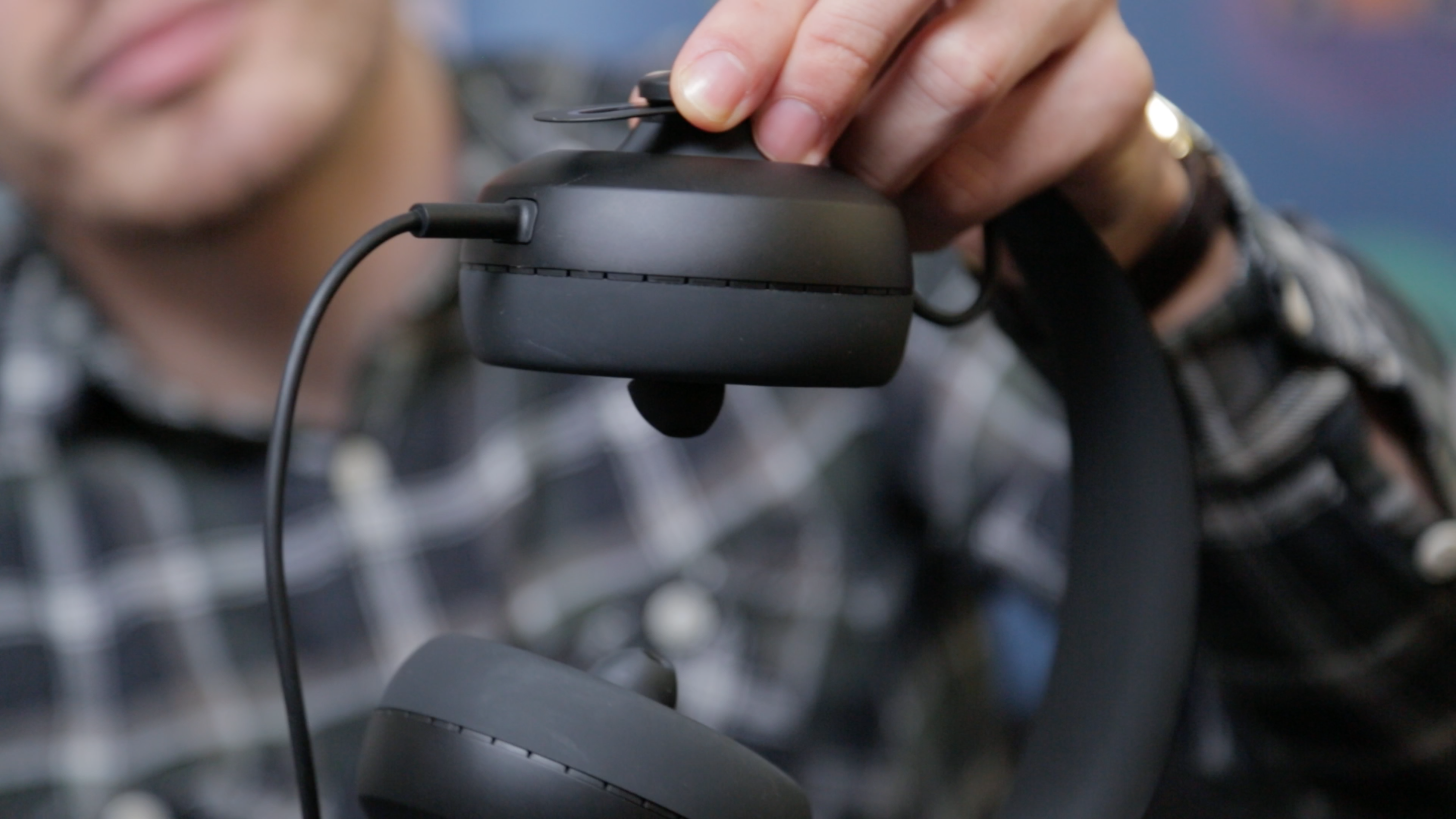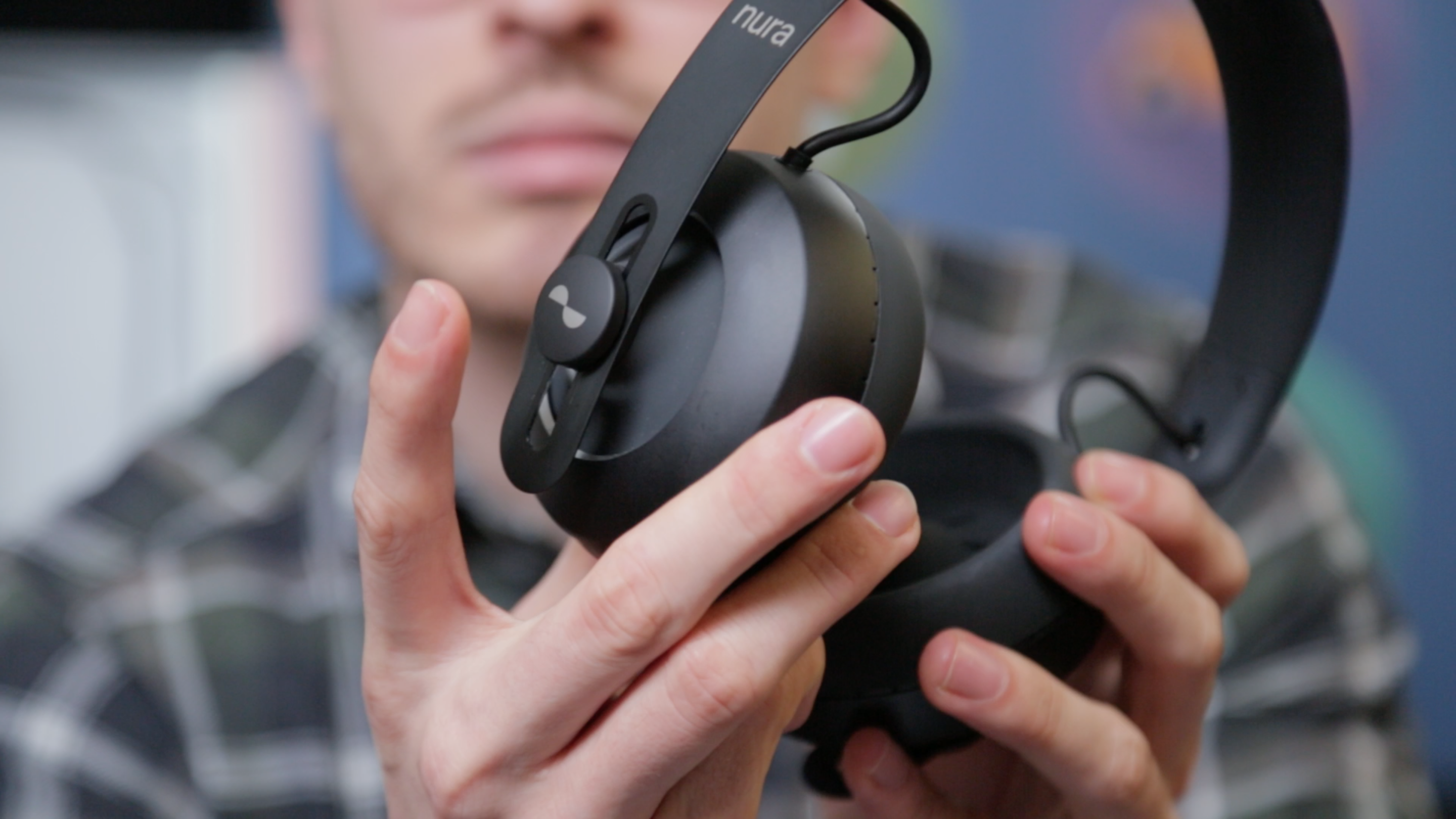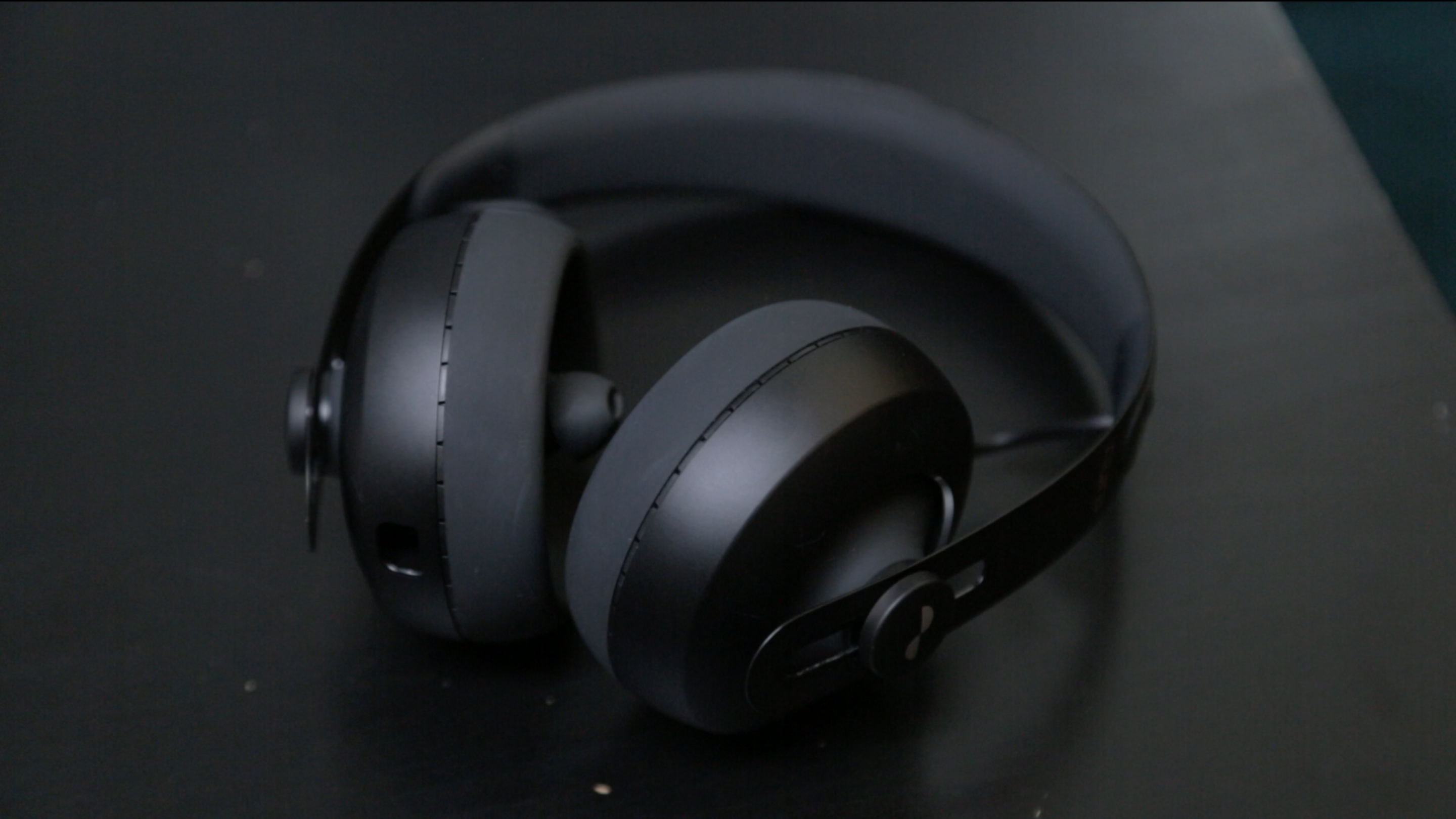Why you can trust TechRadar
Sound quality
Thankfully, putting aside any qualms about the acoustic personalisation elements, the sound quality of the headphones is excellent.
The quality of sound separation is a particular highlight. Start playing a complex track like Supermoon by 65daysofstatic and every instrument in the song is clearly audible. The bassline rolls along, uninterrupted beneath the layers of music, while pianos drums and synths have their own space to breath.
Similarly, the headphones deal well with Aom by Mouse on the Keys. The drums have punch and rhythm to them, while both piano lines are spacious and full.
Finally, F.C.P.R.E.M.I.X by The Fall of Troy shows off just how neutral the headphones can be across different frequencies. No undue focus is given to any one part of the track. It’s all here, and it all shares equally in the soundstage.
Overall we were very impressed by the sound quality on offer here, although the same couldn’t be said for the user interface that surrounds it.

Controls
It’s not often in these reviews that we dedicate an entire section to the control scheme of a pair of headphones. Most companies have settled on a pretty standard selection of buttons to play, pause, skip tracks, and control the volume.
The Nuraphones are a little different. They limit the amount of buttons to just two touch-sensitive pads on the outside of the earcups. There’s no on/off button, and although you can change the functions these buttons perform, you’re limited to a combination of pausing, answering calls, and switching between different sound modes.
There’s no option to assign one of them as a track skip button, and volume controls are also annoyingly absent. Nura indicated to me that this functionality could be included in a later patch, but for now it’s an unfortunate omission.

The lack of a power button can also irritate. In theory the headphones should turn on and off automatically when you put them on and take them off accordingly, but in practice we found it a little unreliable. We’d have to jump into the Bluetooth settings to get them to connect, and they’d occasionally continue playing after we’d taken them off.
On one particularly annoying occasion we took off the headphones to take a phonecall, only to discover that there was no obvious way to quickly disconnect the headphones in order to disconnect them and allow us to answer on the phone itself. Our only option was to manually turn off Bluetooth on the phone.
Nura should be applauded for their ambition, but at a certain point we’d prefer one or two more buttons on a pair of headphones to give us more direct control. Functionality trumps a sleek design any day of the week.
Verdict
All of this adds up to make the Nuraphones feel a little over-engineered, and this has both strengths and weaknesses.
The core concept of a pair of headphones that include both in-ear and over-ear drivers is a solid one. The sound quality is exceptional, and we were impressed with how comfortable Nura has managed to make this odd form-factor feel.
Little design touches like the fact that the headphones can be charged from your phone are also impressive, and we’re surprised that more people haven’t had the idea before.
But opting to go with a largely buttonless design is annoying, and feels like a step backwards. Other headphones might look less sleek with their numerous buttons, but we’d prefer to have more control options any day of the week.

It’s hard to know exactly how much of a benefit Nura’s much-hyped sound personalisation technology makes. Certainly, if you ears deviate a lot from the average person’s then you might find it makes a huge difference, but in our tests it only seemed to make a subtle difference for most people.
They’re packed full of technology and their high price of $399 (£349/AU$499) reflects that, but the question is whether these technologies warrant the price premium over headphones that have less cutting edge, but arguably more useful, technologies like noise-cancellation like the Sony MDR-1000X or Bose QC35.
If you want to try something a little different, then the Nuraphones are incredibly interesting, but this novel design comes at a price premium that we’d argue doesn’t make sense for anyone other than those that want to stay at the cutting edge of headphone tech.
Jon Porter is the ex-Home Technology Writer for TechRadar. He has also previously written for Practical Photoshop, Trusted Reviews, Inside Higher Ed, Al Bawaba, Gizmodo UK, Genetic Literacy Project, Via Satellite, Real Homes and Plant Services Magazine, and you can now find him writing for The Verge.

